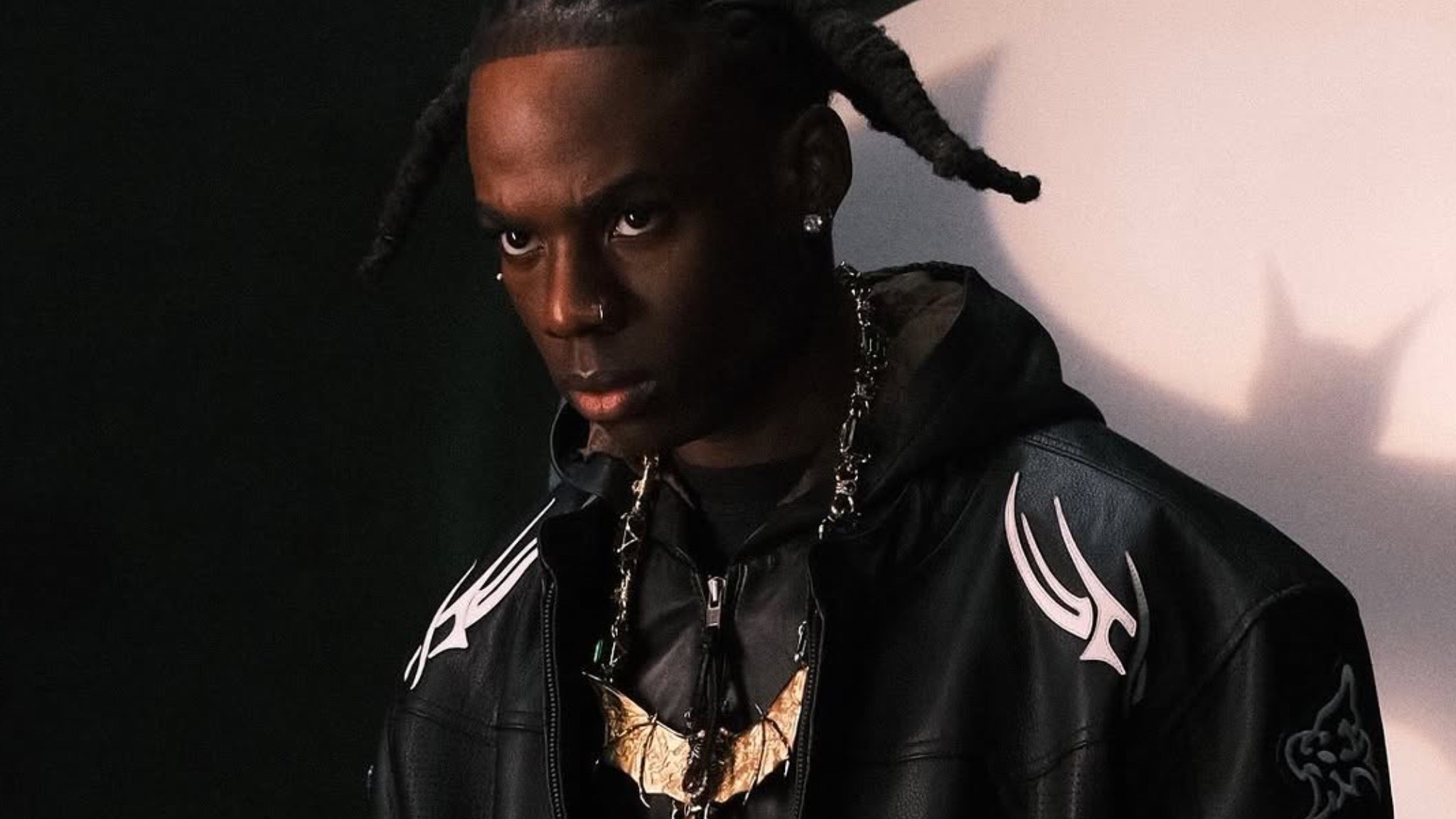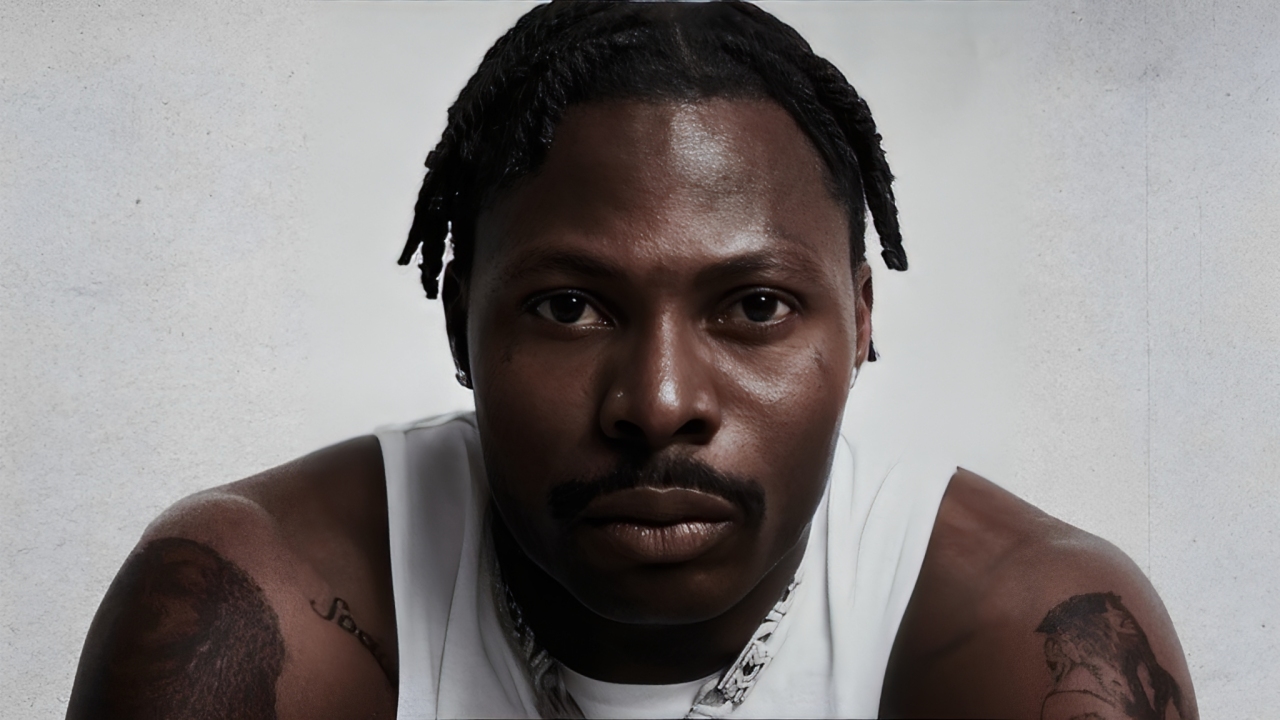Top 10 Poorest States in Nigeria and the Challenges They Face
Top 10 Poorest States in Nigeria and the Challenges They Face
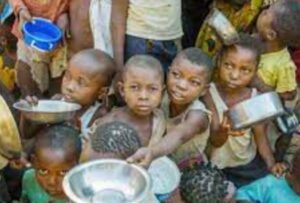
Despite Nigeria’s wealth of natural resources and its potential for rapid growth, poverty remains a major hurdle—especially in certain states where economic hardship is deeply entrenched.
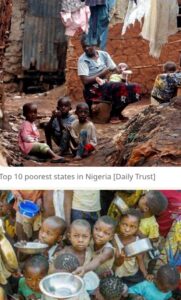
Many of the poorest states are found in the northern part of the country, where issues such as insecurity, failing infrastructure, weak institutions, and low levels of education and healthcare are widespread. Although various government programs have been launched to tackle poverty, progress has often been hampered by corruption, poor planning, and lack of sustainable development strategies.
Below is a look at the ten states with the highest poverty rates in Nigeria and the distinct challenges confronting each of them:
1. Sokoto State
Poverty Rate: 87.73%
Region: North West
Capital: Sokoto
Population (2023): 5.52 million
Sokoto ranks as the poorest state in the nation. With a climate that challenges agriculture and limited access to modern farming tools, food production remains low. Ongoing insecurity and poor infrastructure further complicate economic stability, while healthcare and education services are largely inadequate.
2. Taraba State
Poverty Rate: 87.72%
Region: North East
Capital: Jalingo
Population (2023): 3.27 million
Although Taraba is rich in resources and agricultural land, communal violence and poor infrastructure have stifled growth. The lack of proper schools and health facilities also contributes to the state’s high poverty levels.
3. Jigawa State
Poverty Rate: 87.02%
Region: North West
Capital: Dutse
Population (2023): 5.83 million
Agriculture is the backbone of Jigawa’s economy, but outdated farming practices and irregular rainfall limit yields. Limited educational and healthcare infrastructure, along with governance challenges, keep much of the population below the poverty line.
4. Ebonyi State
Poverty Rate: 79.76%
Region: South East
Capital: Abakaliki
Population (2023): 3.32 million
The only southern state on this list, Ebonyi suffers from degraded soil and poor infrastructure, which hinders its mostly agrarian economy. Access to quality education and medical services remains low, contributing to its poverty rate.
5. Adamawa State
Poverty Rate: 75.41%
Region: North East
Capital: Yola
Population (2023): 4.25 million
Years of insurgency have devastated Adamawa’s economy. Many residents have been displaced, and farming—once a key livelihood—has been severely disrupted. Poor road networks, weak institutions, and low investment in education deepen the poverty crisis.
6. Zamfara State
Poverty Rate: 73.98%
Region: North West
Capital: Gusau
Population (2023): 4.52 million
Widespread banditry and social unrest have left Zamfara’s economy in shambles. Poor education rates and a lack of access to basic services like healthcare and clean water have created a difficult environment for economic growth.
7. Yobe State
Poverty Rate: 72.34%
Region: North East
Capital: Damaturu
Population (2023): 3.29 million
Years of conflict and underdevelopment have left Yobe with significant challenges. Education and healthcare are underfunded, while poor infrastructure and continued insecurity limit both public services and private sector growth.
8. Kebbi State
Poverty Rate: 60.11%
Region: North West
Capital: Birnin Kebbi
Population (2023): 5.56 million
Despite agricultural potential, Kebbi is plagued by poor service delivery, unemployment, and high child mortality rates. Corruption and mismanagement of state resources continue to slow development efforts.
9. Gombe State
Poverty Rate: 62.31%
Region: North East
Capital: Gombe
Population (2023): 3.51 million
Gombe faces serious issues with infrastructure, including bad roads and unreliable electricity. Although farming is common, access to markets and capital is limited. Youth unemployment and educational setbacks further constrain economic progress.
10. Bauchi State
Poverty Rate: 61.53%
Region: North East
Capital: Bauchi
Population (2023): 7.16 million
Despite its large population, Bauchi struggles with poor soil, erratic rainfall, and inadequate healthcare and education systems. The lack of essential infrastructure keeps many trapped in poverty.
—
Conclusion
Poverty continues to be a major obstacle to development in Nigeria. Tackling it will require a comprehensive strategy that includes improving security, expanding access to quality educati
on and healthcare, building infrastructure, and promoting good governance. Only then can these states begin to unlock their full potential and lift millions out of poverty.
TRENDING SONGS
 Heartbreak in Ikeja: Lady Weeps After Fufu Found in New Phone Package
Heartbreak in Ikeja: Lady Weeps After Fufu Found in New Phone Package
 Twist of Fate: Man Who Questioned Phyna’s ₦1Billion Demand Mourns Brother in Dangote Truck Crash
Twist of Fate: Man Who Questioned Phyna’s ₦1Billion Demand Mourns Brother in Dangote Truck Crash
 Tragedy in Enugu: Dangote Truck Claims Lives of Family of Five
Tragedy in Enugu: Dangote Truck Claims Lives of Family of Five
 Bangkok Crackdown: Nigerian-Thai Couple in Police Net Over Drug Trafficking
Bangkok Crackdown: Nigerian-Thai Couple in Police Net Over Drug Trafficking
 Family Rift: Reno Omokri’s Ex-Wife Says He Deserted Their Special Needs Son
Family Rift: Reno Omokri’s Ex-Wife Says He Deserted Their Special Needs Son
 The Man Who Sent Money for Two Decades, Only to Return to an Empty Shell
The Man Who Sent Money for Two Decades, Only to Return to an Empty Shell
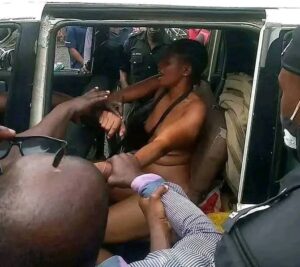 See how a young lady was beaten in a village and naked for stealing a goat
See how a young lady was beaten in a village and naked for stealing a goat
 See How Man That Plans to Divorce His Wife, Gets Shocked When She Leaves Him First With Their 5 Kids
See How Man That Plans to Divorce His Wife, Gets Shocked When She Leaves Him First With Their 5 Kids
 Tragic Land Dispute: Man Kills Father in Imo, Pastor Arrested for Rape
Tragic Land Dispute: Man Kills Father in Imo, Pastor Arrested for Rape
 Nigeria Grants Air Tanzania Passage for Direct Flights
Nigeria Grants Air Tanzania Passage for Direct Flights
Share this post with your friends on ![]()







